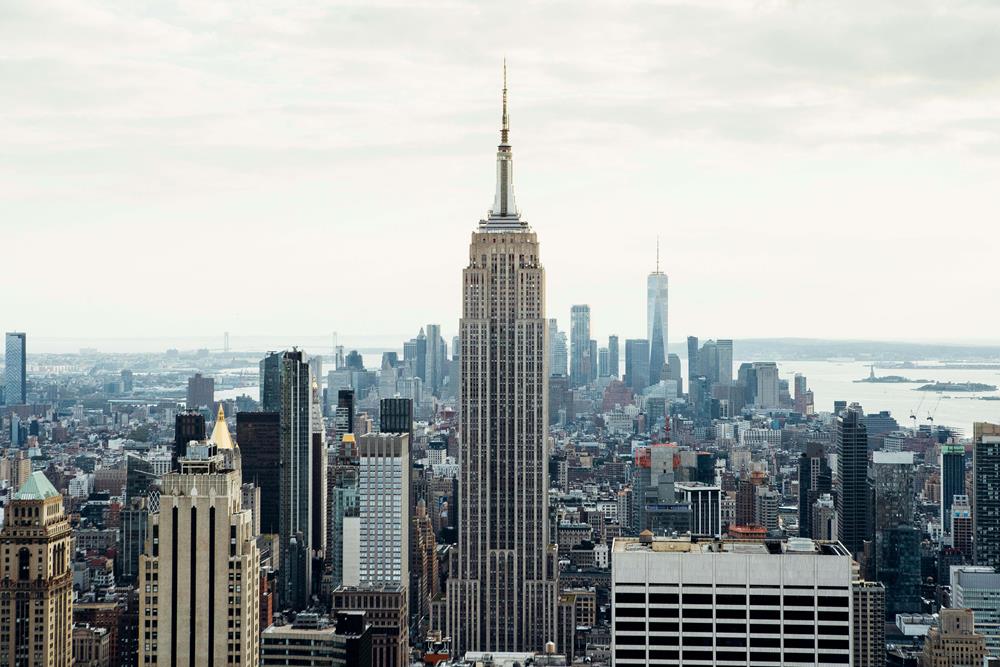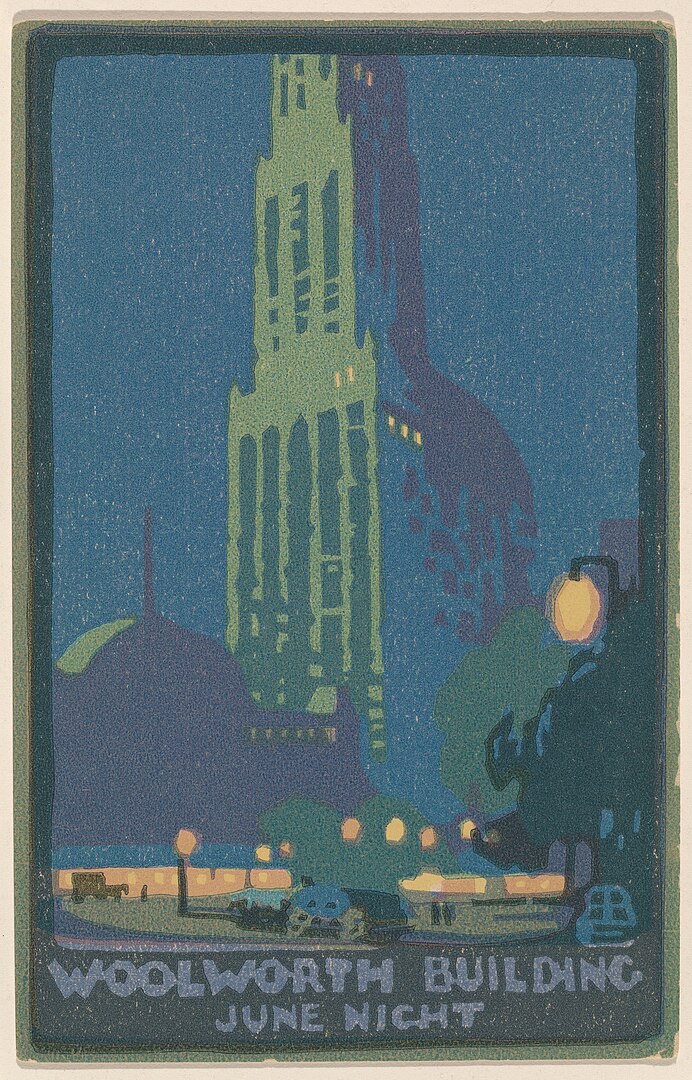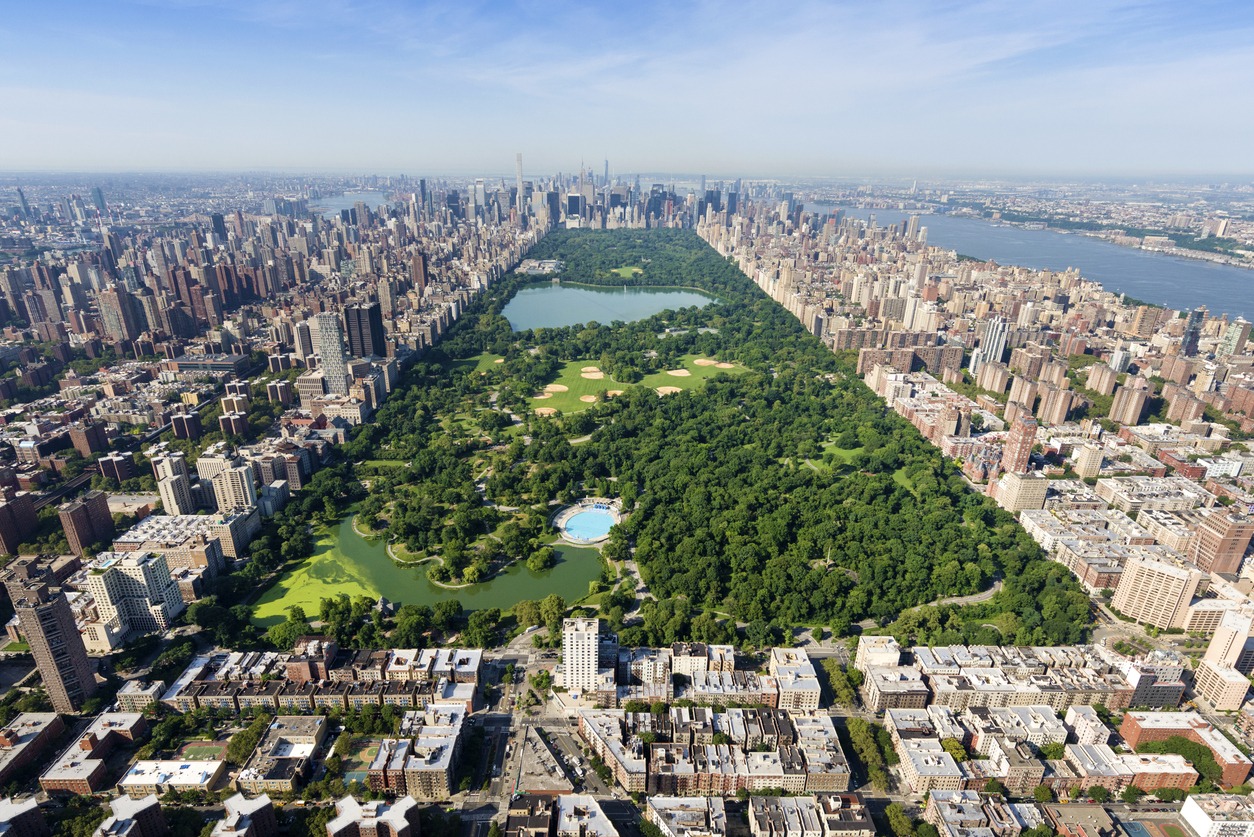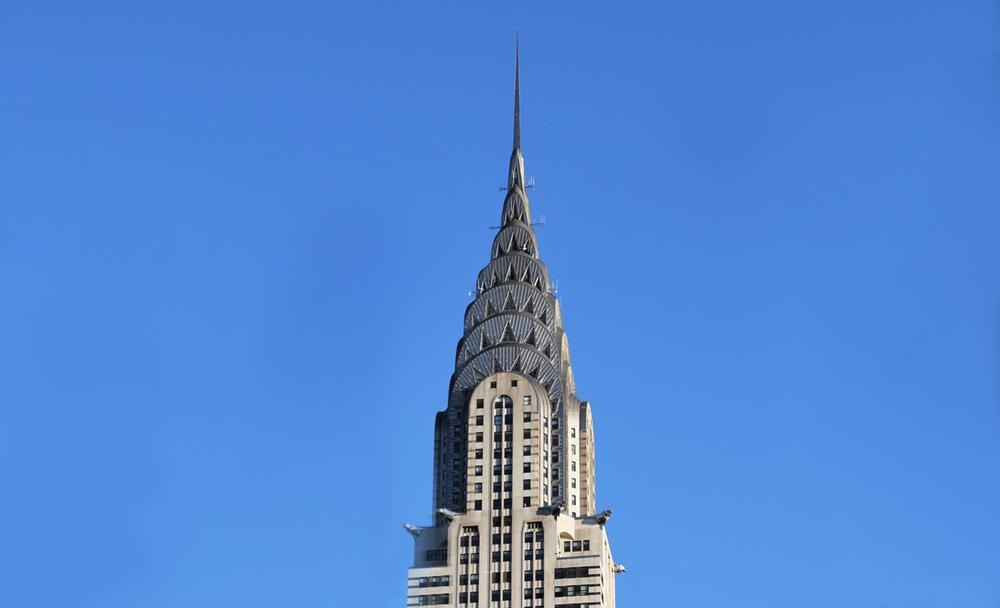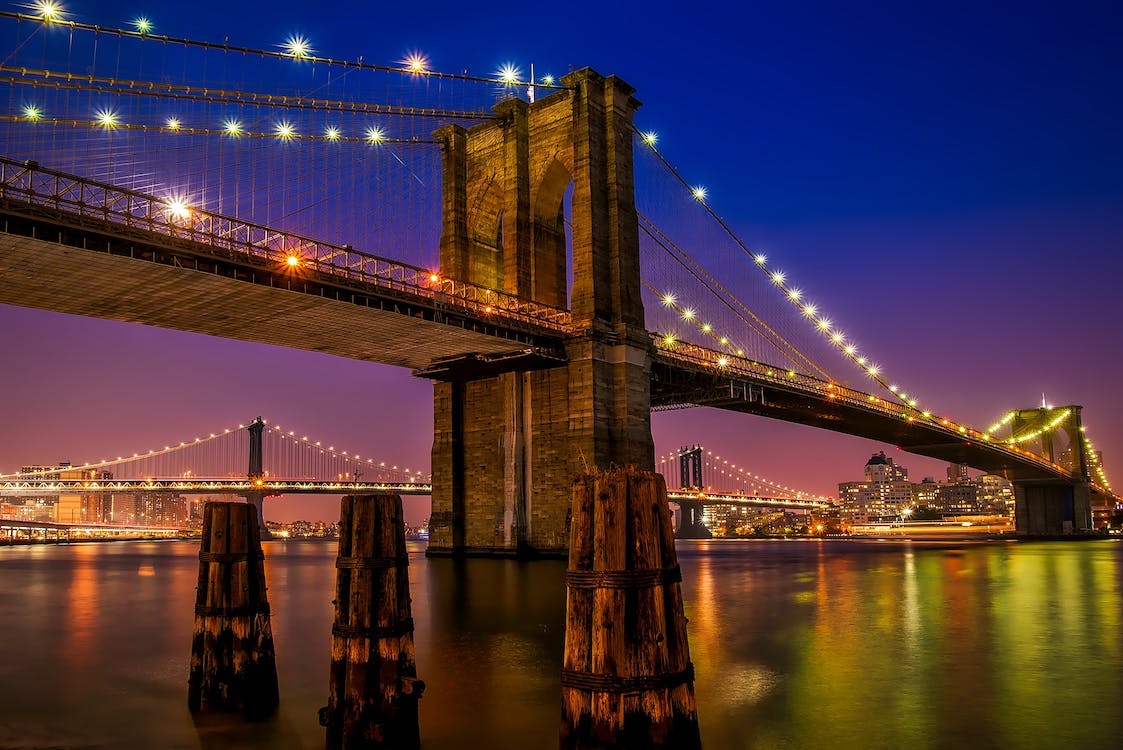New York City never ceases to fascinate. There is always something new and interesting to do in this beautiful City, which is why tourists love it. Besides all cool things about New York City, the standalone feature is its architecture. Everyone wants to witness the gleaming skyline of the City that Never Sleeps once in their lifetime.
A city that has seen 400+ years is bound to be a goldmine for architecture lovers. New York has been under construction since the very beginning. What you see today is a mixture of old and new, and something in transition.
There are more than 70,000 buildings in New York. Many of these buildings are not iconic but serve an essential purpose for those who want to map history. For example, the first meeting place of the United Nations is now a weary gym in the Bronx.
Key Takeaways
- New York City’s architecture is a reflection of its multifaceted history and cultural evolution.
- The development of skyscrapers was a turning point in urban architectural design.
- The diversity of New York’s neighborhoods showcases a blend of architectural styles and movements.
Architecture that Defines a City
New York City’s architectural landscape is a rich with both history and modernity woven together through its buildings. From the brownstones of Brooklyn to the glittering skyscrapers of Manhattan, each structure tells a story of cultural shifts, economic changes, and artistic movements. The city serves as a living museum of architectural history, offering insights into the early influences of European design to the innovations of the American architectural renaissance. As visitors and residents explore the streets, they encounter grand testaments to the city’s past, such as the cast-iron facades in SoHo and the majestic spires of the Empire State and Chrysler buildings.
The evolution of New York’s architecture is also a reflection of its ambitions and the dreams of its inhabitants. The advent of the skyscraper, pioneered by the ingenuity of architects and engineers, reshaped the city’s skyline and brought the world into a new era of urban development. While these towering behemoths capture much of the limelight, the city’s diverse neighborhoods reveal a more nuanced narrative. Victorian mansions, modernist public housing, and postmodern corporate headquarters coexist, each contributing to the architectural symphony that is uniquely New York.
Another thing to consider is that unlike other most other metropolitans around the US, New York expanded its presence by continuing to to recycle its real estate. In this recycling process, New York City has also witnessed the loss of some magnificent structures which are now only alive in memory. For example, when the iconic Pennsylvania Station was to be demolished in 1963, it caused a great debate. Another example is Penn Station which was built in the Beaux-Arts style. Its stakeholders wished to replace it with a more modern structure. Architecture preservationists raised a hue and cry and more debate ensued.
Buildings that have been lost include the Metropolitan Opera House, the original Madison Square Garden, Singer Building, Vanderbilt Mansion, Lüchow’s Restaurant, and the Biltmore Hotel to name just a few.
Early Architectural Influences
New York City’s architectural journey is a story told through its historic structures, where the influences of Colonial and Gothic Revival designs segue into the grand expressions of Beaux-Arts. These styles encapsulate the evolution of the city’s built environment.
Colonial and Post-Colonial Era
During the Colonial and Post-Colonial Era, New York, then known as New Amsterdam, was originally settled by the Dutch, who brought their own architectural styles that were practical and modest. As the city transitioned into English rule and became New York, Georgian-style buildings, characterized by symmetrical lines and brick facades, began to emerge throughout Manhattan. These early structures laid the foundational aesthetics of the city and were the canvas upon which later architectural movements would paint.
Gothic Revival and Beaux-Arts
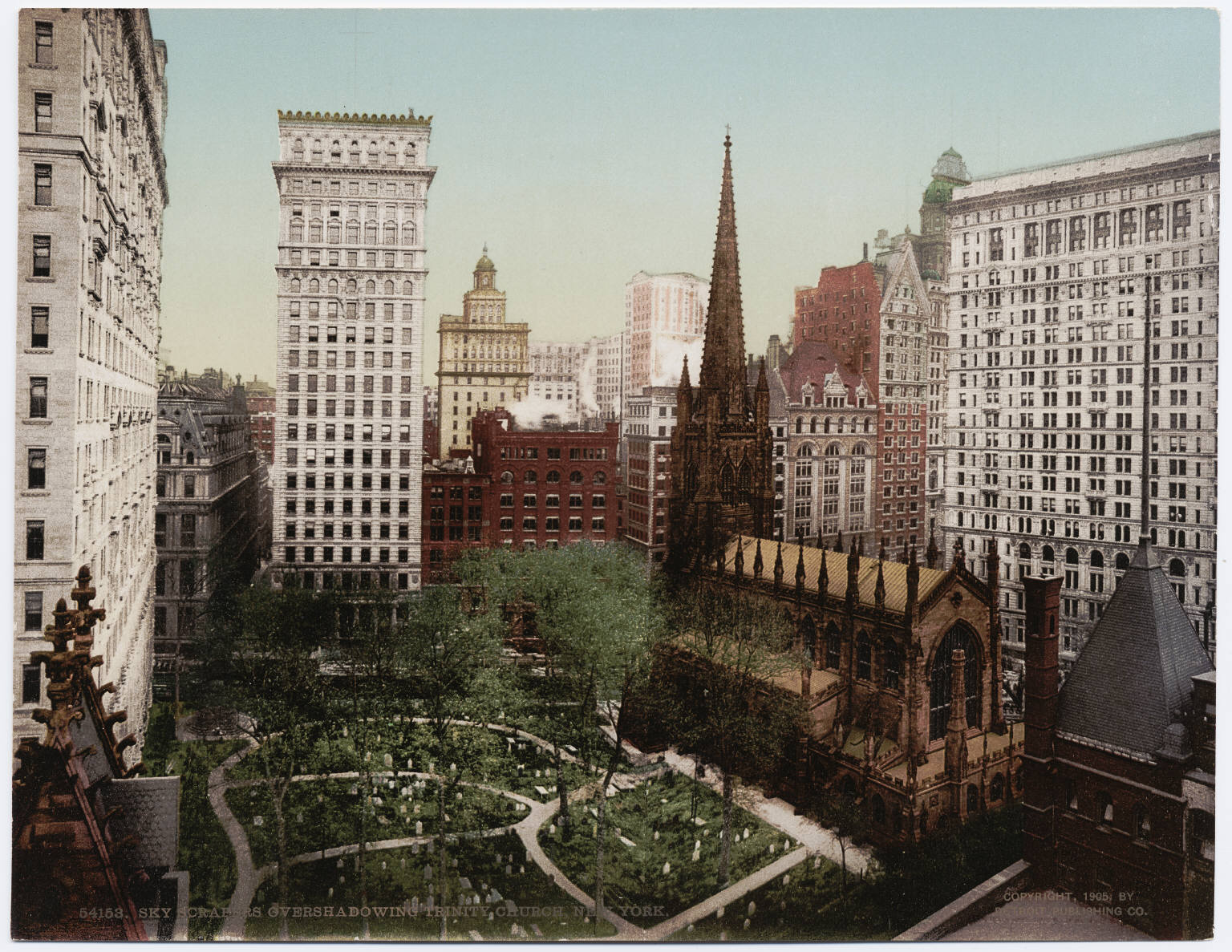
Moving into the 19th century, Gothic Revival took hold in New York, with architects drawing inspiration from medieval Europe. This style is easily identified by its pointed arches, intricate facades, and steep gables. Landmarks such as Trinity Church in Lower Manhattan stand as enduring examples of Gothic Revival’s reach and popularity.

The latter part of the 19th century saw a dramatic shift towards the Beaux-Arts style, an opulent and grandiose aesthetic influenced by French neoclassicism. Beaux-Arts buildings in New York are typified by their elaborate detailing, use of classical elements such as columns and arches, and a strong emphasis on symmetry. New York Public Library and Grand Central Terminal are illustrious examples of the Beaux-Arts style, showcasing the history and grandeur deeply embedded in the city’s architecture.
The Birth of the Skyscraper
New York’s skyline underwent a historic transformation with the construction of the world’s earliest skyscrapers, reflecting both ambition and technological capabilities of the era.
Technological Advancements
Steel-frame construction was a critical technological breakthrough that enabled buildings to reach unprecedented heights. By moving away from load-bearing walls, it allowed architects to create towering structures without the limitations imposed by traditional masonry. Elevated buildings such as the Empire State Building embraced this approach, ascending to heights once thought impossible. Another key development was the safety elevator, which made high-rise buildings practical and accessible. Both innovations were indispensable to the birth and proliferation of the skyscraper during the late 19th and early 20th centuries.
Iconic Early Skyscrapers
The Woolworth Building, completed in 1913, is often hailed as an early architectural jewel. With its neo-Gothic design, it became known not only as a commercial success but also as an aesthetic statement. Prior to the Woolworth, the Singer Building, with its exceptional height and slender profile, captured the attention of New Yorkers, becoming a symbol of the city’s vertical growth. The construction of these edifices signaled a new age of urban architecture, proving that the skyscraper was a formidable icon of modernity and economic might.
Landmarks and Preservation
New York City historical architecture has been meticulously preserved. The Landmarks Preservation Commission has played a crucial role in this process, ensuring that significant buildings, districts, and structures continue to tell the story of the city’s cultural and architectural history.
Landmarks Preservation Commission
The Landmarks Preservation Commission (LPC) was established in 1965 in response to growing concerns about the loss of historically significant buildings in New York City, particularly in the aftermath of the demolition of the original Pennsylvania Station. This municipal agency is responsible for designating and regulating properties as city landmarks. It has granted landmark status to over 31,000 buildings, many of which are located within 110 historic districts and 20 historic district extensions across the five boroughs.
Notable Preserved Structures
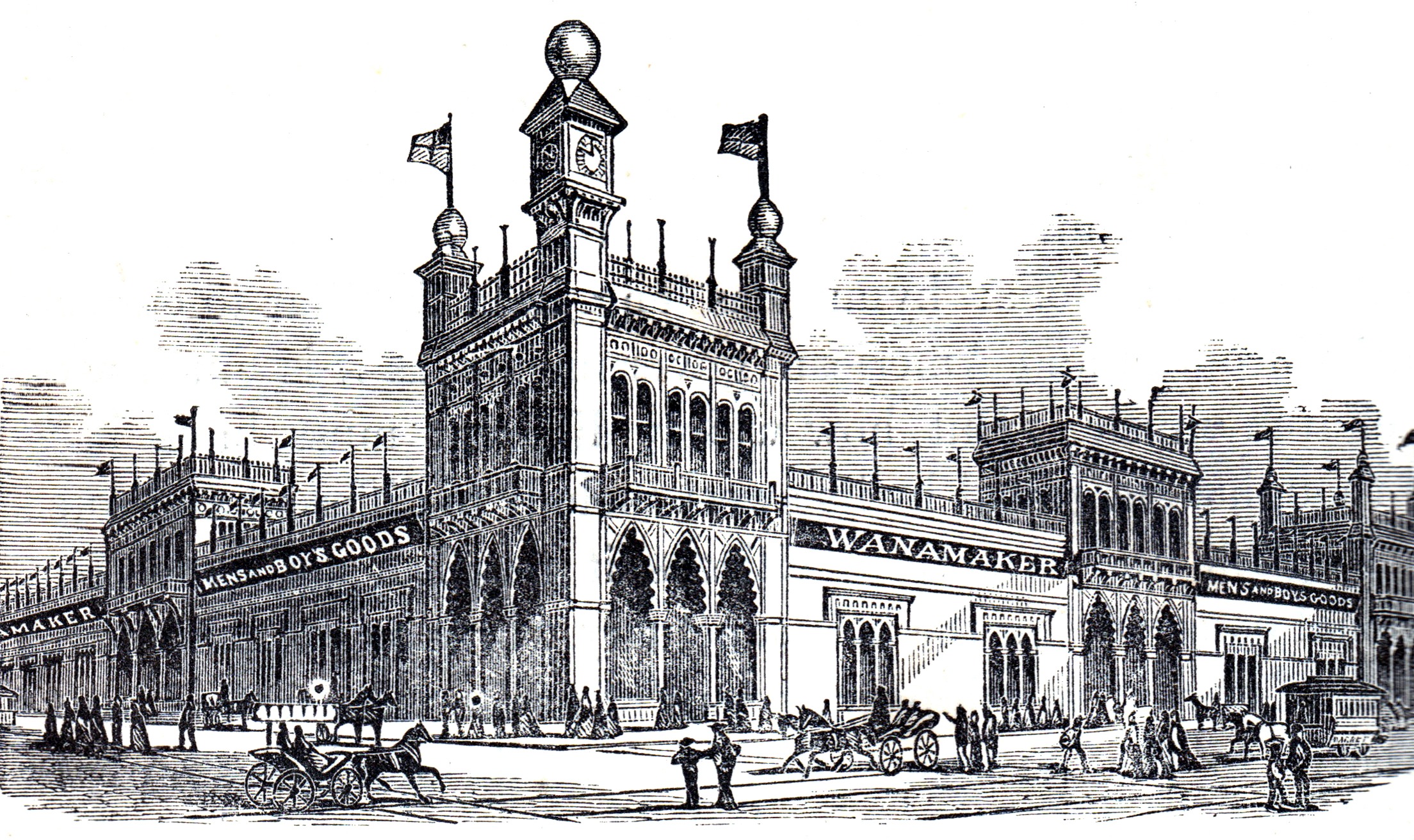
Among New York’s many preserved landmarks, certain structures stand out for their historical, cultural, or architectural significance:
- The Edgar H. Laing Stores: Constructed at the corner of Washington and Murray Streets, this began as a mercantile warehouse and is noted for its cast iron facade.
- Wanamaker’s Department Store: Now known as 770 Broadway, this building has been adaptively reused while retaining its historic character.
Each designated National Historic Landmark plays a role in preserving the urban fabric and historical narrative of New York City. A quintessential example is the plethora of townhouses in areas like Brooklyn Heights, which reflect the city’s architectural variety from Greek Revival to Federal styles, underscoring the importance of historic preservation.
These preserved structures are not just relics but remain active parts of the city’s landscape, often repurposed for modern use while retaining their unique historic character. Through the continuous efforts of the Landmarks Preservation Commission, these landmarks are protected, allowing New Yorkers and visitors alike to appreciate the city’s architectural heritage.
Famous Streets and Avenues
New York City’s streets are a tapestry woven with the threads of architectural achievement and historical significance. Every walk down these streets is a chronicle of the past meeting the cutting edge of modernity.
Fifth Avenue’s Architectural Elegance
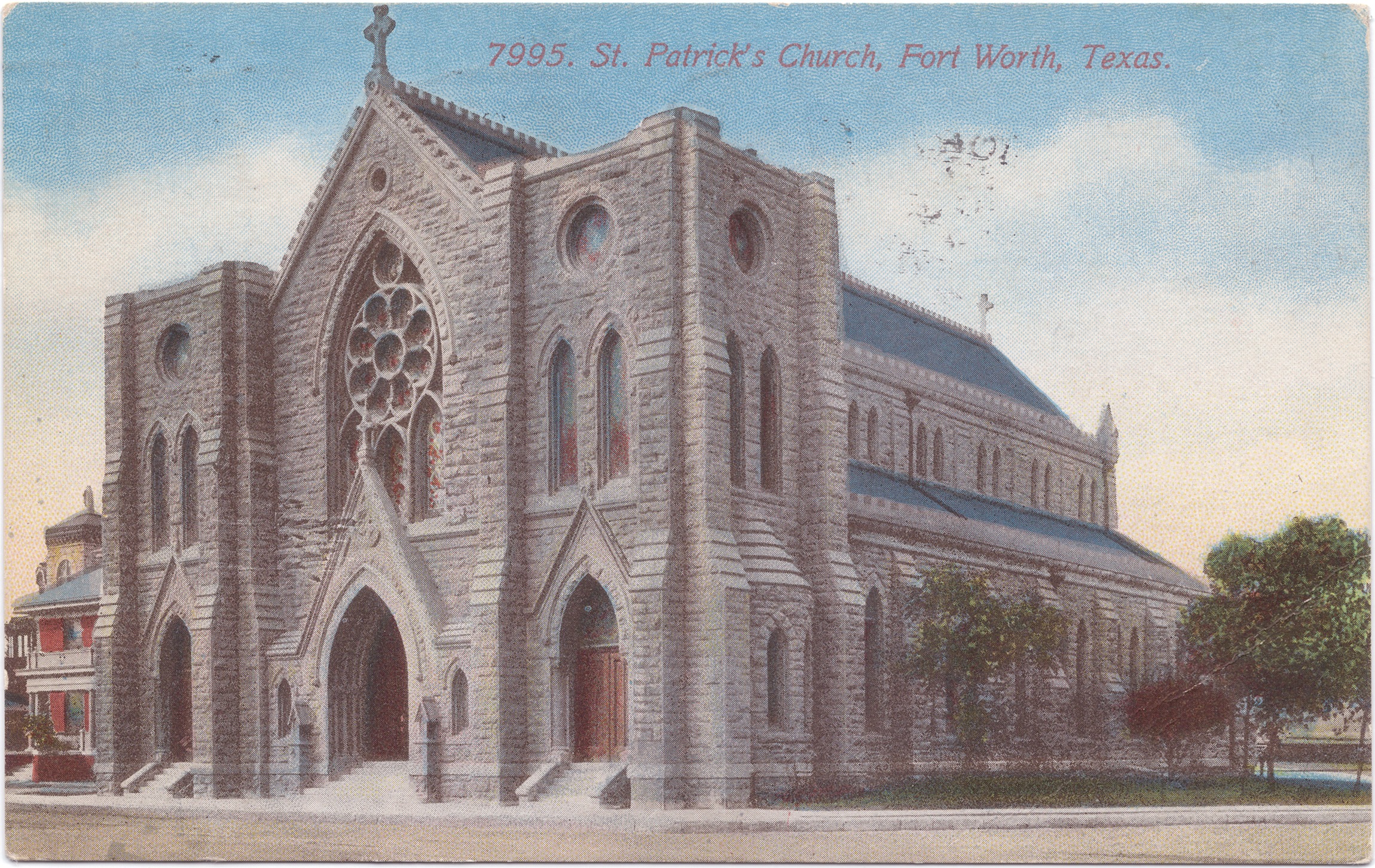
Fifth Avenue, a vibrant artery that beats through the heart of Manhattan, has long been associated with opulence and sophistication. From the iconic Empire State Building to the historic St. Patrick’s Cathedral, Fifth Avenue showcases a diverse range of architectural marvels. It underscores New York’s ability to preserve history while presenting an ever-evolving urban facade. The avenue transcends mere commerce; it is a landmark of cultural and architectural heritage that mirrors the city’s dynamic ethos.
- Empire State Building: An Art Deco masterpiece towering over the city.
- St. Patrick’s Cathedral: A Gothic Revival sanctuary that offers solace amidst the bustle.
The thoroughfare’s prestige is highlighted by its world-renowned museums, notably represented by the “Museum Mile”, which includes the Metropolitan Museum of Art and the Solomon R. Guggenheim Museum. Not only is Fifth Avenue a center for luxury shopping, but it personifies the architectural intricacies of New York’s skyline.
Wall Street and Financial District
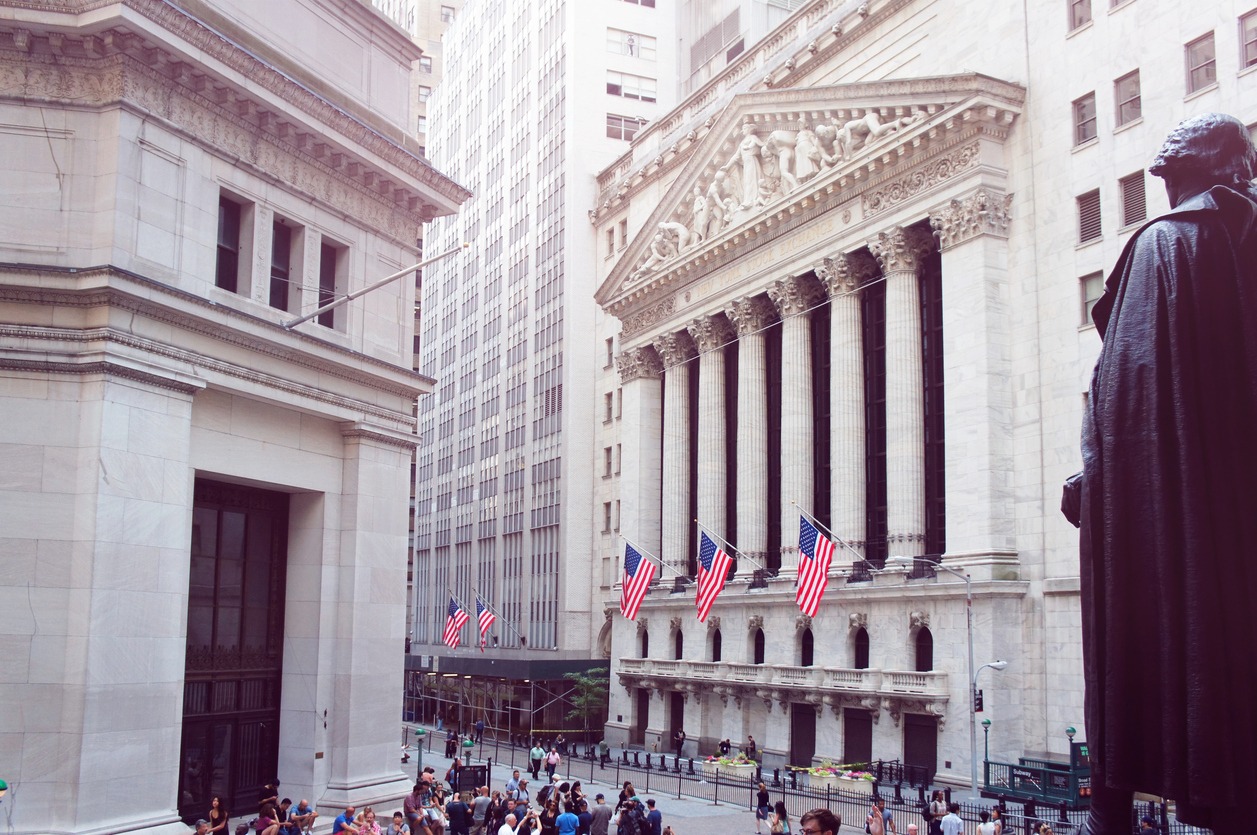
The Financial District houses Wall Street, synonymous with financial might and economic prowess. Here, modern skyscrapers stand in conversation with historic buildings, embodying the ceaseless evolution of commerce and industry. The New York Stock Exchange anchors this potent financial hub, a symbol of America’s economic might framed by neoclassical architecture dating back to the early 20th century.
This district is also where one finds Federal Hall, the site where George Washington took the oath of office, steeped in America’s founding history. The contrast of Federal Hall’s traditional architecture against the neighboring contemporary giants speaks volumes of the city’s multifaceted personality and its respect for history amidst progress. Wall Street’s architectural significance and its financial institutions are cornerstones of New York’s, and indeed America’s, narrative.
Cultural Institutions and Public Spaces
New York City’s cultural institutions and public spaces tell the story of the city’s architectural evolution and its commitment to public engagement. From world-renowned museums to iconic parks, these places not only house art and history but also serve as vital community hubs.
Libraries and Museums
Libraries: The New York Public Library stands as a monumental site on Fifth Avenue, with its impressive Beaux-Arts architecture serving as a beacon of knowledge and history. The network of libraries throughout the city provides not only a vast collection of books but also access to cultural programming and community events.
Museums: The Metropolitan Museum of Art, known as the Met, is one of the most iconic and vast repositories of art in the world. Its collections span thousands of years and encompass a wide variety of cultures. The Museum of the City of New York, meanwhile, is dedicated to preserving and presenting the history and culture of New York City through its rich exhibits.
Parks and Squares
Central Park: A masterpiece of landscape architecture, Central Park is a green oasis amidst the city’s concrete jungle. It is a place for recreation, relaxation, and hosts a variety of cultural events throughout the year.
Flushing Meadows-Corona Park: Home to the World’s Fair legacy, Flushing Meadows-Corona Park is not only a significant green space but also a reflection of the city’s historical commitment to international culture and technological innovation.
Squares: New York’s squares, such as Times Square and Washington Square Park, serve as vital public spaces that capture the spirit and diversity of the city. They are places where people from all walks of life can gather, witness, and participate in the vibrant life of the city.
Distinct Neighborhoods and Their Architecture
New York City’s rich tapestry of neighborhoods is reflected in its distinctive architectural styles. Brooklyn Heights showcases the elegance of historic brownstones, while Greenwich Village narrates a bohemian history through its varied townhouses.
Brooklyn Heights and Brownstones
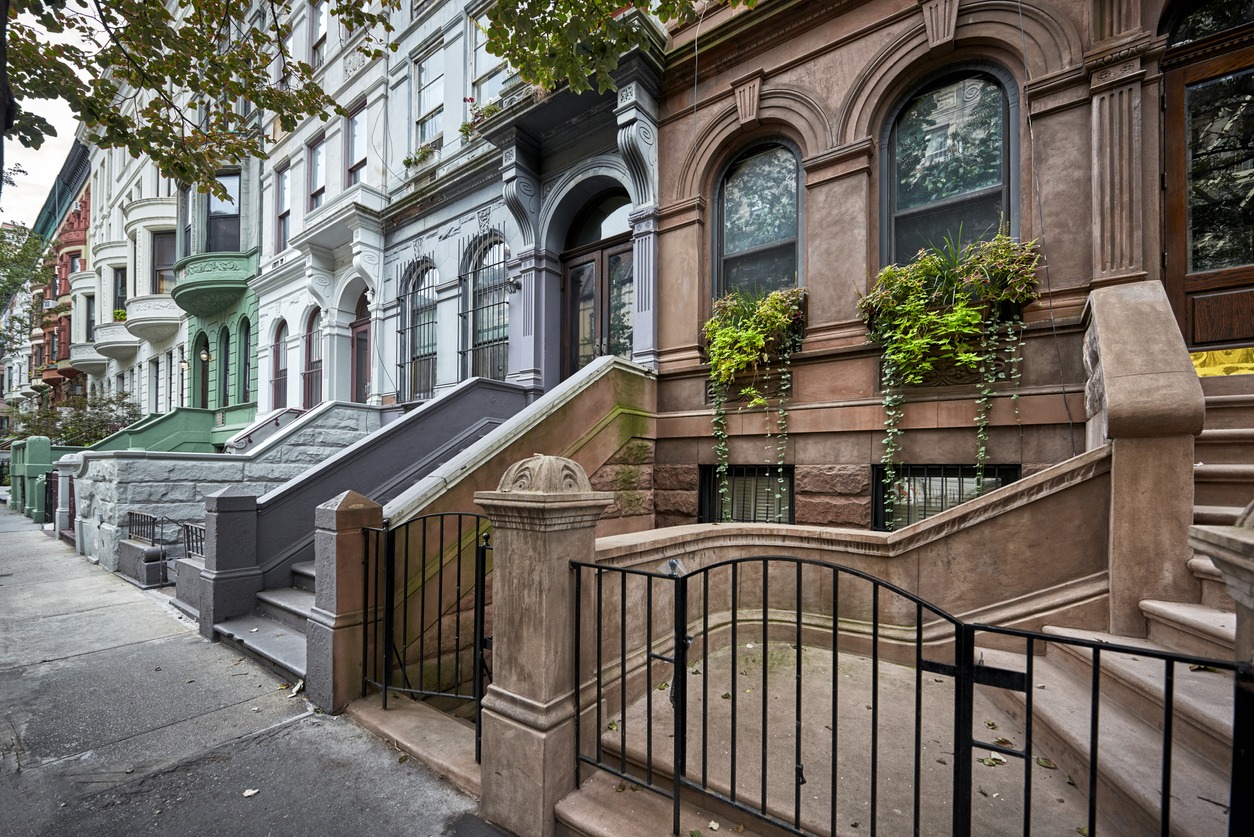
Brooklyn Heights stands as an emblem of classic New York, with rows of charming brownstones forming much of its architectural identity. These structures are noted for their distinctive brown Triassic sandstone facades and are often synonymous with the borough’s upscale residential aesthetic. The neighborhood’s architectural fabric is characterized by detailing such as decorative cornices and high stoops, which speak to the affluent period of their inception during the late 19th century.
Greenwich Village and Bohemian History
Greenwich Village, often referred to as the Village, holds a different allure with a history steeped in artistic and bohemian cultures. The architecture here is diverse, but the area is particularly renowned for its historic townhouses. Pedestrian-friendly streets are lined with a variety of facades, from red brick to painted row houses, reflecting the creative spirit that has long defined this neighborhood. Much like Brooklyn Heights, the presence of townhouses in Greenwich Village offers a glimpse into New York City’s past, from grand single-family homes to those converted into apartments and studios for the area’s many artists.
20th Century Architectural Movements
In New York’s architectural landscape, the 20th century was marked by significant design innovations, particularly the emergence of the Art Deco and International Style. These styles not only defined the skyline with iconic structures like the Chrysler Building but also influenced urban aesthetics globally.
Art Deco and Modernism
The Art Deco movement flourished in the 1920s and 1930s, epitomizing the era’s zest for modernity and opulence. New York is home to some of the most magnificent Art Deco buildings in the world, including the Chrysler Building, celebrated for its terraced crown and ornamental eagles.
- Chrysler Building: A striking symbol of Art Deco architecture, it features intricate geometric patterns and a stainless steel crown.
- Notable features of Art Deco Style:
- Bold geometric shapes
- Lavish ornamentation
- Use of metallic colors and materials
The Rockefeller Center, a complex of commercial buildings, is another testament to the Art Deco style‘s impact on the city’s architecture, showcasing the style’s integration into urban development.
International Style and Its Influence
The International Style emerged as a stark contrast to Art Deco, advocating for functionalism and a lack of ornamentation. The Seagram Building stands as a premier example of this architectural style’s implementation.
- Seagram Building: It exemplifies the International Style’s glass and steel aesthetics and its emphasis on clean lines and minimalist design.
- Core characteristics of International Style:
- Unornamented surfaces
- Visible structural framework
- Open interior spaces
While the International Style dominates corporate and residential architecture globally, its roots can, in part, be traced back to New York’s quest for innovation and progress in architectural design.
Infrastructure and Urban Planning
New York City’s architectural history is deeply intertwined with its infrastructure and urban planning. The city’s remarkable transformation into a metropolis has been largely due to strategic construction efforts and bold planning initiatives.
Bridges and Transportation
Spanning the East River, the Brooklyn Bridge represents a pivotal moment in New York’s infrastructural development. Completed in 1883, it was the world’s first steel-wire suspension bridge, symbolizing New York’s engineering prowess and commitment to connectivity. Grand Central Terminal, another infrastructure icon, serves as a testament to the city’s ambitious spirit. Opened in 1913, this transportation hub accommodated a surging population and became a catalyst for midtown Manhattan’s growth.
Robert Moses and The Modern City
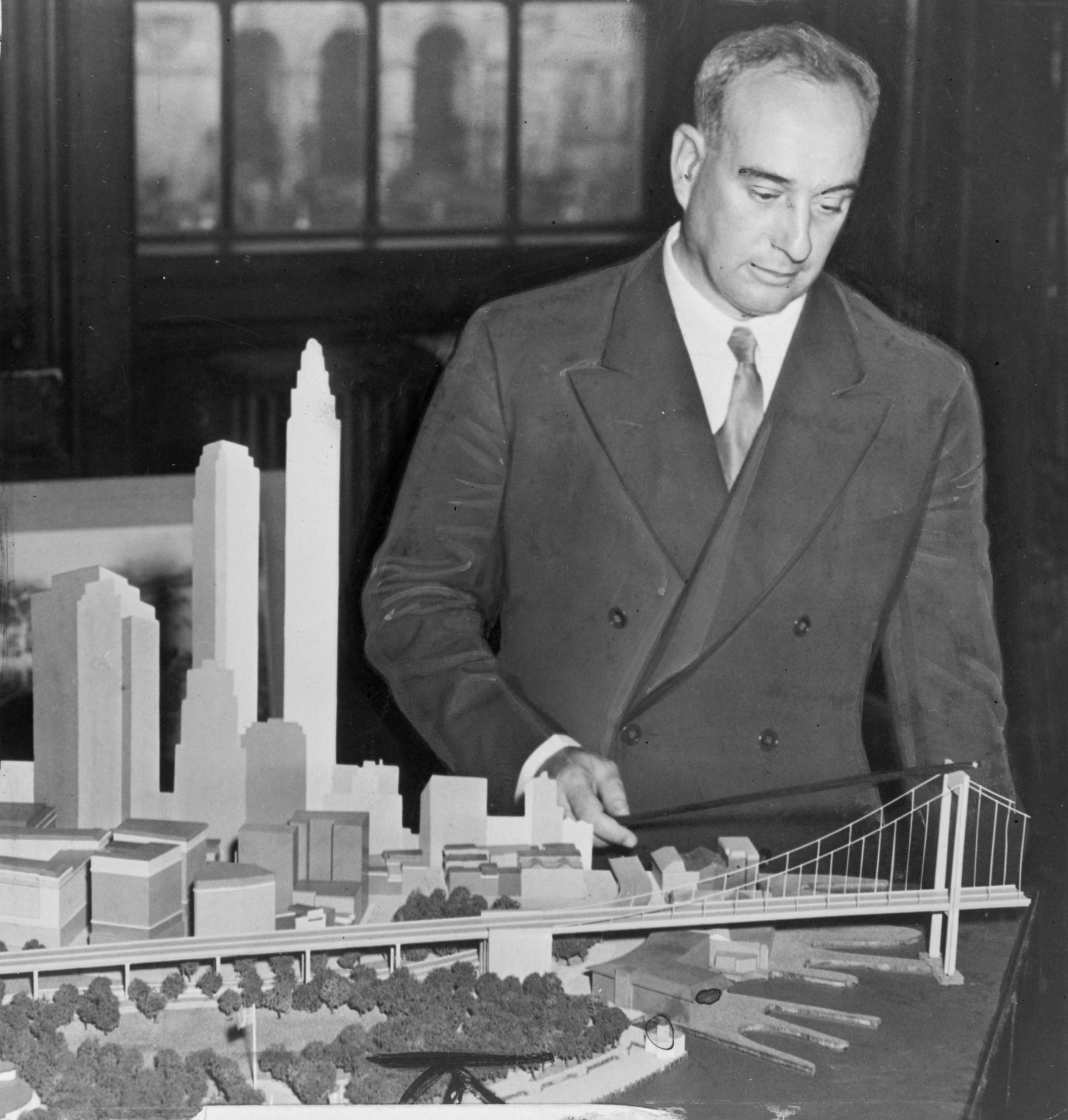
Robert Moses played a controversial yet undeniably central role in shaping 20th-century New York City. His approach to urban planning prioritized automobiles and led to the construction of expressways, bridges, and parks. While his projects accommodated growing traffic needs, they often displaced thousands and reshaped neighborhoods permanently. Moses’s complex legacy is a focal point in the narrative of New York’s urban development.
New York’s Architectural Future
As New York strides into the future, its skyline continues to evolve with 21st-century developments and an increased focus on sustainability and innovation in the built environment.
New York City’s built environment is experiencing a wave of transformative construction. Towering skyscrapers symbolize the city’s architectural ambitions in the 21st century, which include not only height but also advanced design and technology. Research into new materials and engineering techniques is consistently pushing the boundaries of what is possible in urban construction.
Examples include the rise of complex structures, like the sculptural 30 Hudson Yards, which have redefined New York’s silhouette. Architectural firms are not only focused on aesthetics but also on how these giants can be integrated into the existing urban fabric to contribute positively to city life.
Sustainability and Innovation
Sustainability in architecture has transitioned from a niche consideration to a key determinant in the creation of new New York buildings. Innovations are being integrated at every level from materials to energy systems. They aim to mitigate urban challenges like the heat island effect, increase energy efficiency, and provide greener spaces within the city landscape.
In particular, buildings are increasingly expected to achieve LEED certification or equivalent, signaling a commitment to environmental consciousness. The focus has expanded beyond individual buildings to consider the sustainability of entire neighborhoods, with the Hudson Yards development being one prominent example of a mixed-use space built with these principles in mind.
Revolutionary research in architecture and urban planning is central to these advances, providing the knowledge and tools to make the necessary changes in how buildings interact with their environment. The future of New York’s architecture seems poised to embrace green roofs, energy-efficient designs, and smart-city technology that aims for minimal environmental impact and maximal functionality.
Frequently Asked Questions
New York City’s architecture is as diverse as its history, reflecting periods of innovation and the city’s cosmopolite nature.
What are some defining characteristics of New York City’s architectural style?
New York City’s architectural style is marked by towering skyscrapers and Art Deco designs as seen in some of its most renowned buildings. The city also showcases a range of historical styles from the ornate Neo-Gothic to the sleek lines of Modernism.
Which famous building is considered an iconic example of New York architecture?
The Empire State Building stands as a paragon of New York architecture, embodying the Art Deco movement and the city’s bold ambition during the early 20th century.
How has New York City’s architecture evolved over the centuries?
Architecture in New York City has evolved from Dutch Colonial structures in the 17th century to the towering high-rises of the 20th and 21st centuries, showcasing a constant embrace of new materials and engineering feats.
Can you list notable architectural landmarks in New York City?
Aside from the Empire State Building, notable landmarks include the Chrysler Building, Rockefeller Center, and the Gothic Revival style of the Woolworth Building.
What are the oldest surviving buildings in New York City?
Among the oldest structures in New York City is Fraunces Tavern, dating back to the colonial era, as well as historic churches such as St. Paul’s Chapel and the Snug Harbor on Staten Island.
How does the New York Historical Commission contribute to preserving the city’s architectural heritage?
The New York Historical Commission plays a pivotal role in preservation by designating and overseeing landmark structures and districts, ensuring that the architectural integrity and historic character of the city are maintained for future generations.
The Evolution Continues
As Orwell once said, “Who controls the past controls the future. Who controls the present controls the past.” In the case of New York, it is the architects and builders who control the first impression of its skyline. New York City’s fascinating architectural history builds itself as we speak. As one of the busiest cities in the world, New York learns and unlearns new rules in every field of life. If you have ever visited this bustling City in life, you hold a unique account of its demeanor in that particular period. Sites like the Guggenheim Museum have completely changed how people perceive New York City today.

